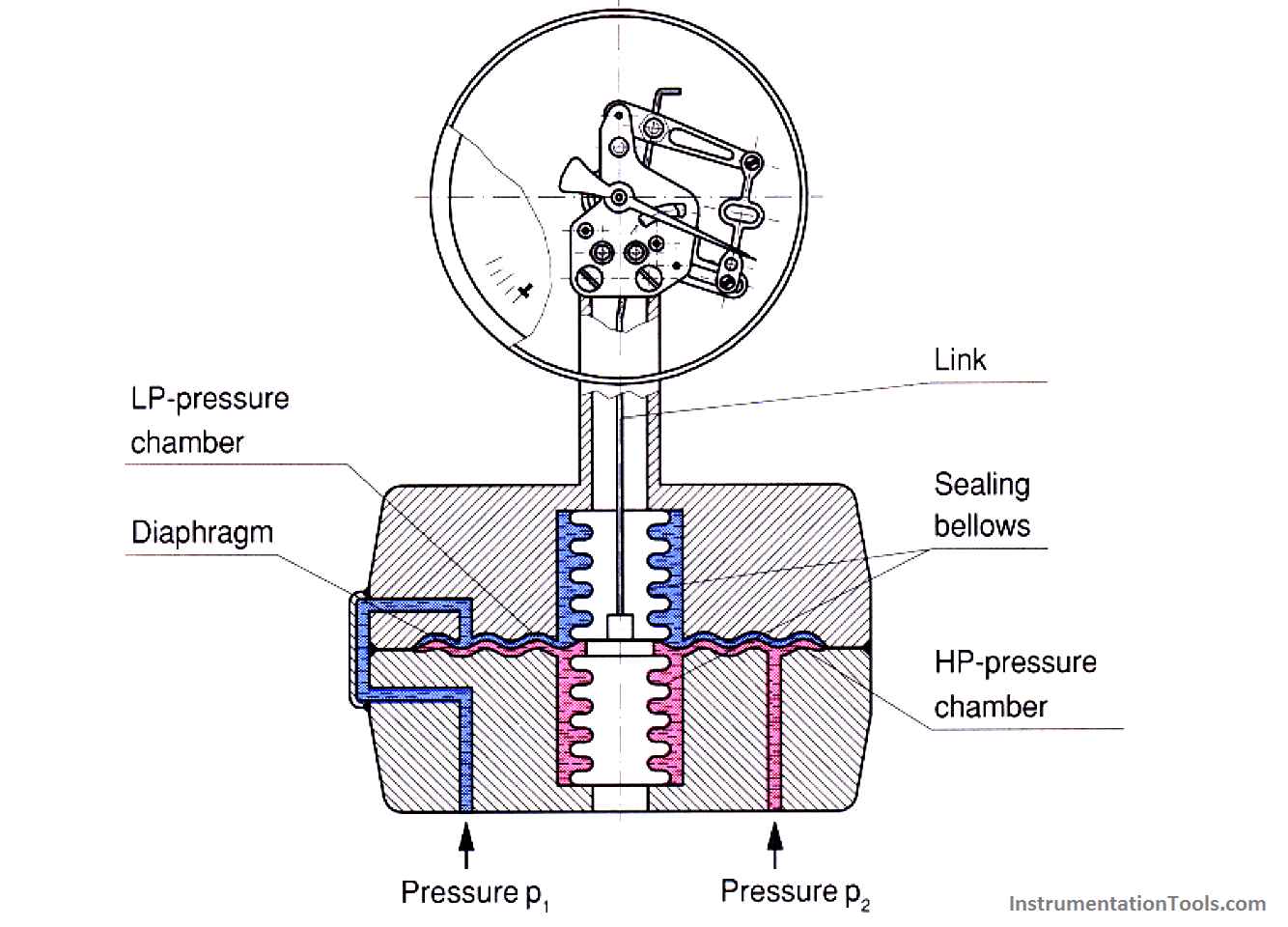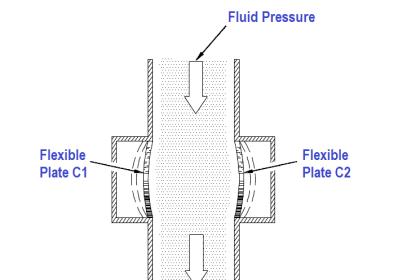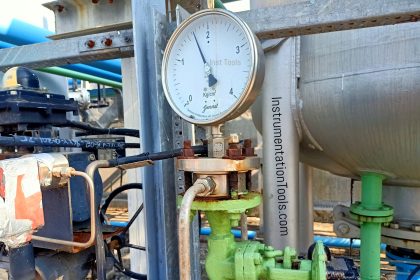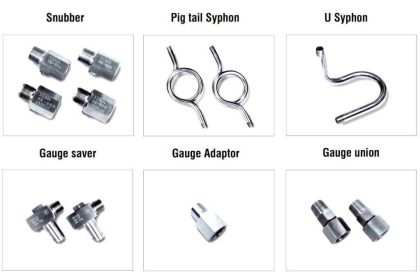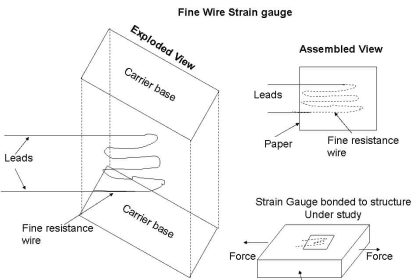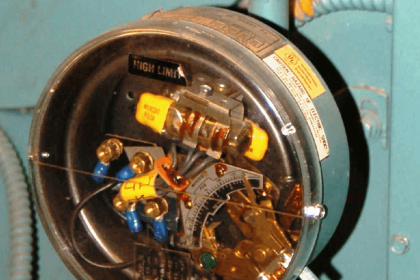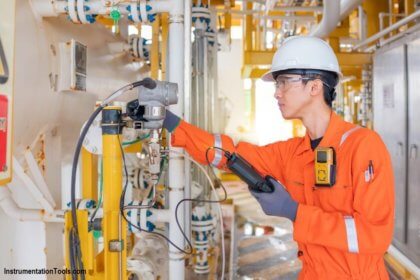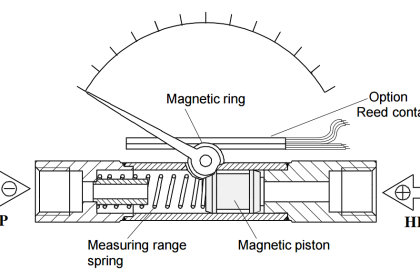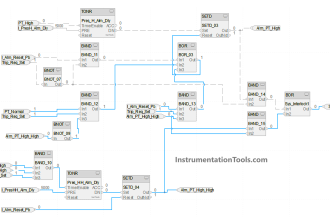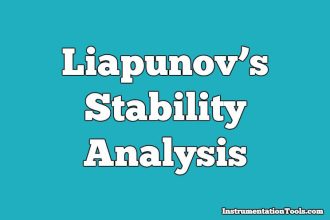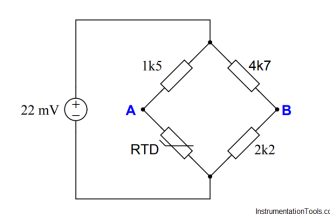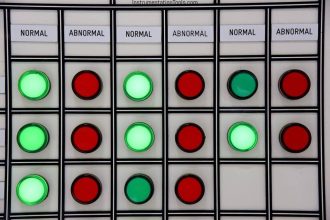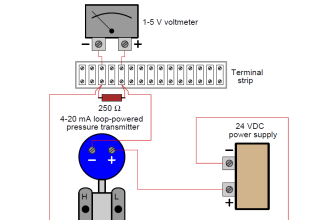The difference between two pressures is determined directly and shown on the differential pressure gauge. Here again all of the measuring elements known from overpressure gauges and the measuring principles can be applied.
Two sealed medium chambers are separated by the measuring element or measurement elements, respectively. If both operating pressures are the same the measuring element cannot make any movement and no pressure will be indicated. A differential pressure reading is only given when one of the pressures is either higher or lower.
Low differential pressures can be measured directly in the case of high static pressures. Very high overload capability is achieved with diaphragm elements. The permissible static pressure and the overload capability on the L and H -side must be observed. Transmission of the measuring element movement and pressure indication is the same as with the already described overpressure gauges in the majority of cases.
Pressure ranges are between 0 ~ 16 mbar and 0 ~ 25 bar in the accuracy class 0.6 to 2.5.
Areas of application :
- Filter technology (monitoring filter pollution)
- Filling level measurement (in enclosed containers)
- Flow measurement (pressure drop)
Credits : N Asyiddin
